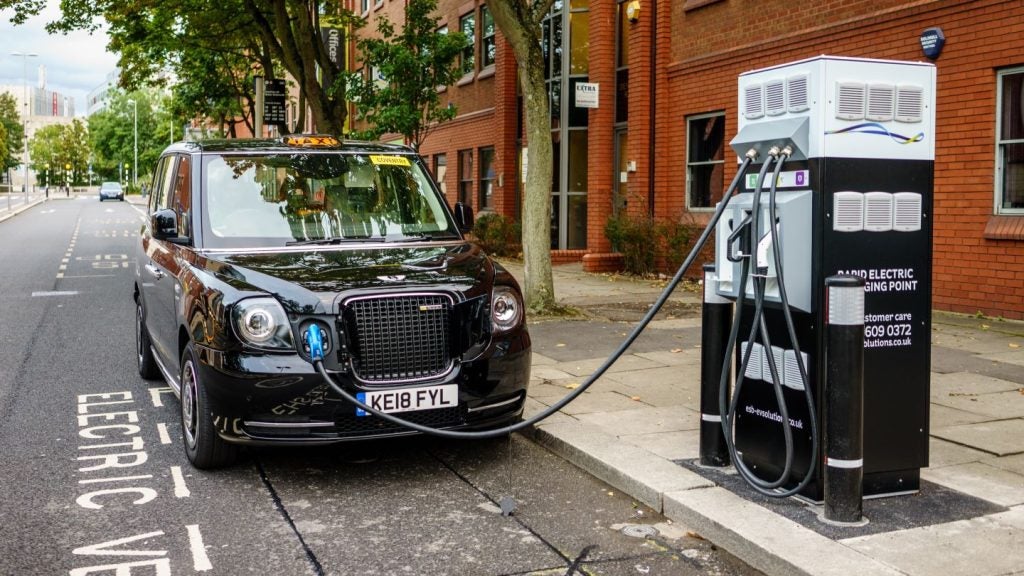There are different types of assets that are important to businesses.
An asset is something owned by a company that can contribute to overall value and income. Assets are recorded on a company’s balance sheet – split between current and non-current assets.
Current assets owned by the business will be consumed or converted into cash within one year. Examples of current assets include: trade debtors – customers who have not yet paid you for your goods or services; marketable securities – a traded investment that is due to be converted into cash, typically traded on a public exchange; inventory – an asset that may not immediately be ready for sale, but is intended to be sold within a year; and prepaid expenses – expenditure that is paid for in one accounting period but not entirely completed until a future period, such as insurance.
Non-current assets, also called long-term assets, are owned by the business with the intention of being used for at least one year. Non-current assets generally fall under three classifications: tangible fixed assets and intangible fixed assets.
Tangible assets refer to physical property. Items such as buildings, machinery, vehicles, office equipment all fall into this category. Tangible assets can be used as collateral when the company secures loans, as they generally have long-term valuations.
Intangible assets are non-physical, including things such as brand names, patents, domain names and customer databases. IAS 38 rules state that intangible assets should be identifiable, controlled by the company and increase future profits. Once recorded as an asset, an intangible asset is amortised over its useful lifespan.
How well do you really know your competitors?
Access the most comprehensive Company Profiles on the market, powered by GlobalData. Save hours of research. Gain competitive edge.

Thank you!
Your download email will arrive shortly
Not ready to buy yet? Download a free sample
We are confident about the unique quality of our Company Profiles. However, we want you to make the most beneficial decision for your business, so we offer a free sample that you can download by submitting the below form
By GlobalDataAsset Finance
Companies can seek asset finance, which enables them to acquire the equipment, machinery and vehicles required, without having to pay large upfront costs. Asset finance can also be used to release cash from the value in assets already owned by the company – referred to as refinancing.
The most recent figures from the Finance and Leasing Association reveal that asset finance new business (primarily leasing and hire purchase) grew by 11% across the UK in March. New finance for plant and machinery grew in March by 11% compared with the same month in 2018. Over the same period, the commercial vehicle finance and IT equipment finance sectors reported growth of 17% and 5% respectively.
Total asset finance for the month of March was £3.68bn, and £8.49bn for the first quarter. Business equipment finance fell by 1% year-on-year, to £252m. Car finance fell 3% to 993m.
Geraldine Kilkelly, head of research and chief economist at the FLA, said: “The asset finance market reported a record level of monthly new business in March and the strongest quarterly growth in Q1 2019 since Q3 2016.
“Asset finance continued to support key sectors of the economy in the first quarter as new finance for manufacturing and construction equipment increased by 25% and 26% respectively, compared with Q1 2018.”







